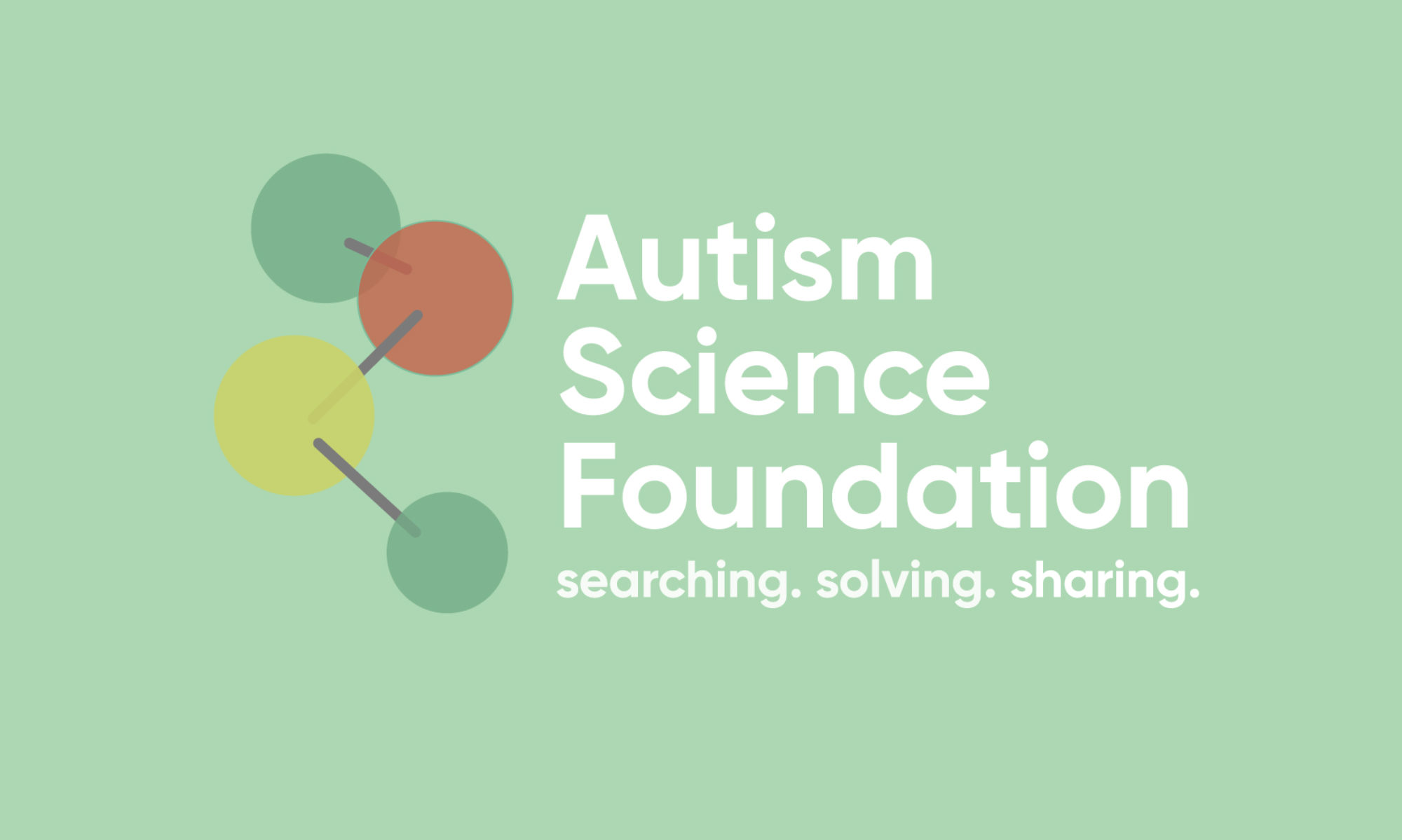Podcast: Play in new window | Download
Subscribe:
New neurons can be generated in a dish (amazing in itself), and then these neurons can then be studied to examine how they grow, expand, divide and connect. Using this technology, researchers are finding differences in several cell functions in different forms of autism. These differences are in proliferation, which is an increase in the number of cells, as well as the ability of those cells to signal to each other once they are formed. Some autism brains have too many cells, others do not proliferate as quickly as typical developing cells. These things are somewhat dependent on the genetic background which controls head size.
While these different forms of autism all have differences in proliferation, sometimes in different directions, they are all altered, regardless of the genes involved. So, is this one basic biological features that may help identify autism from the earliest points in development? Since they can be studied at any time in life, is this a new biomarker? Should they be used to better understand different subgroups? Much needs to be studied but please listen to this week’s ASF podcast with Dr. Robert Connacher to learn more about the studies going on at Rutgers University to examine this issue.
https://www.sciencedirect.com/science/article/pii/S2213671122002089
